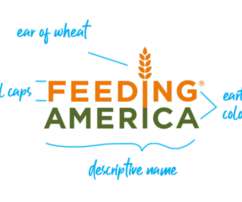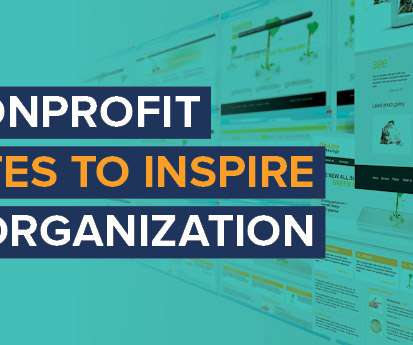5 Ways to Use Crowdfunding to Rally Your #GivingTuesday Supporters
Nonprofit Tech for Good
SEPTEMBER 27, 2018
By Emily Rose Patz , Senior Copywriter at DonorPerfect and lead author of #GivingTuesday Ideas for 2018 , a new guide designed to equip and empower nonprofit professionals to achieve their #GivingTuesday goals. The key to successfully drawing donors is to create the perfect blend of excitement with easy ways to give.
















Let's personalize your content